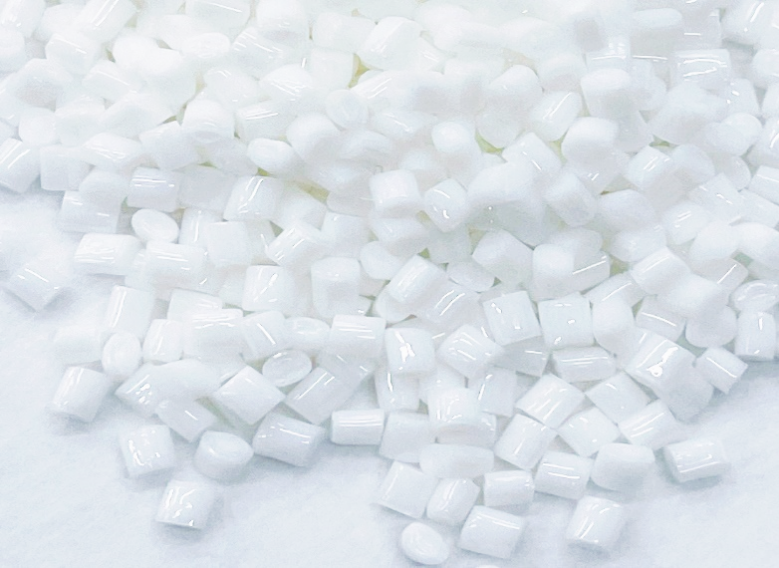The wear resistance is an indispensable property of nylon in many industrial applications. Nylon is extensively used in the automotive industry to manufacture engine components, gear gaskets, etc. These components are subjective to extreme temperature and pressure changes during operation, under which high wear-resistance is required to ensure the reliability and safety of automotives. In the fields of electric and electronic industry, nylon is used not only to provide the necessary mechanical strength, but also to protect the sensitive electronic components from wear and environmental impacts.

Product features:
●Self-lubrication: with excellent self-lubricating performance, it reduces friction loss and extends service life.
● Excellent dimensional stability: High dimensional stability, suitable for precision engineering applications.
● Low friction coefficient: Maintaining low friction coefficient for a long time, with ultra-low wear resistance.
● Excellent thermal stability: with very low coefficient of thermal expansion, suitable for applications in high-temperature environments.
● Good chemical stability: It has good chemical resistance to acids and excellent resistance to chlorine and other corrosive agents.
● Good electrical performance: Maintain outstanding electrical performance under high temperature, high humidity, and high frequency environments.
● Low moisture absorption: Very low moisture absorption, suitable for applications in humid environments.
● Easy to process: high fluidity and low shrinkage, suitable for precision injection molding.
Main performance parameters of the product
|
physical property |
Testing standards |
data |
unit |
|
proportion |
ASTM D792 |
one point three six |
g/cmthree |
|
Shrinkage rate flow |
ASTM D995 |
zero point four |
% |
|
Vertical shrinkage rate |
ASTM D995 |
zero point nine |
% |
|
Water absorption rate at 23 ℃ for 24 hours |
ASTM D570 |
zero point six |
% |
|
ash content |
|
thirty |
% |
|
hardness |
Testing standards |
data |
unit |
|
Rockwell hardness R scale |
ASTM D785 |
one hundred and twenty |
|
|
Mechanical performance |
Testing standards |
data |
unit |
|
Tensile strength 23 ℃ 10mm/min |
ASTM D638 |
one hundred and fifty-five |
MPa |
|
Elongation rate 23 ℃ 10mm/min |
ASTM D638 |
four point one |
% |
|
Bending strength 23 ℃ |
ASTM D790 |
two hundred and thirty |
MPa |
|
Bending modulus 23 ℃ |
ASTM D790 |
seven thousand and eight hundred |
MPa |
|
Cantilever beam notch impact 23 ℃ |
ASTM D256 |
one hundred and eighty-five |
J/m |
|
Thermal performance |
Testing standards |
data |
unit |
|
Hot deformation temperature not annealed 0.45MPa |
ASTM D648 |
two hundred and twenty |
℃ |
|
Hot deformation temperature not annealed at 1.8MPa |
ASTM D648 |
two hundred and thirteen |
℃ |
|
Electrical performance |
Testing standards |
data |
unit |
|
Volumetric resistance |
ASTM D257 |
1E16 |
Oh. cm. |
|
Wear resistance |
Testing standards |
data |
unit |
|
abrasion |
GB/T3960-2016 |
zero point zero zero four |
mg |
|
friction coefficient |
GB/T3960-2016 |
0017 |
|
|
Wear scar width |
GB/T3960-2016 |
four point seven zero zero |
mm |
